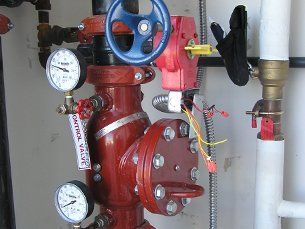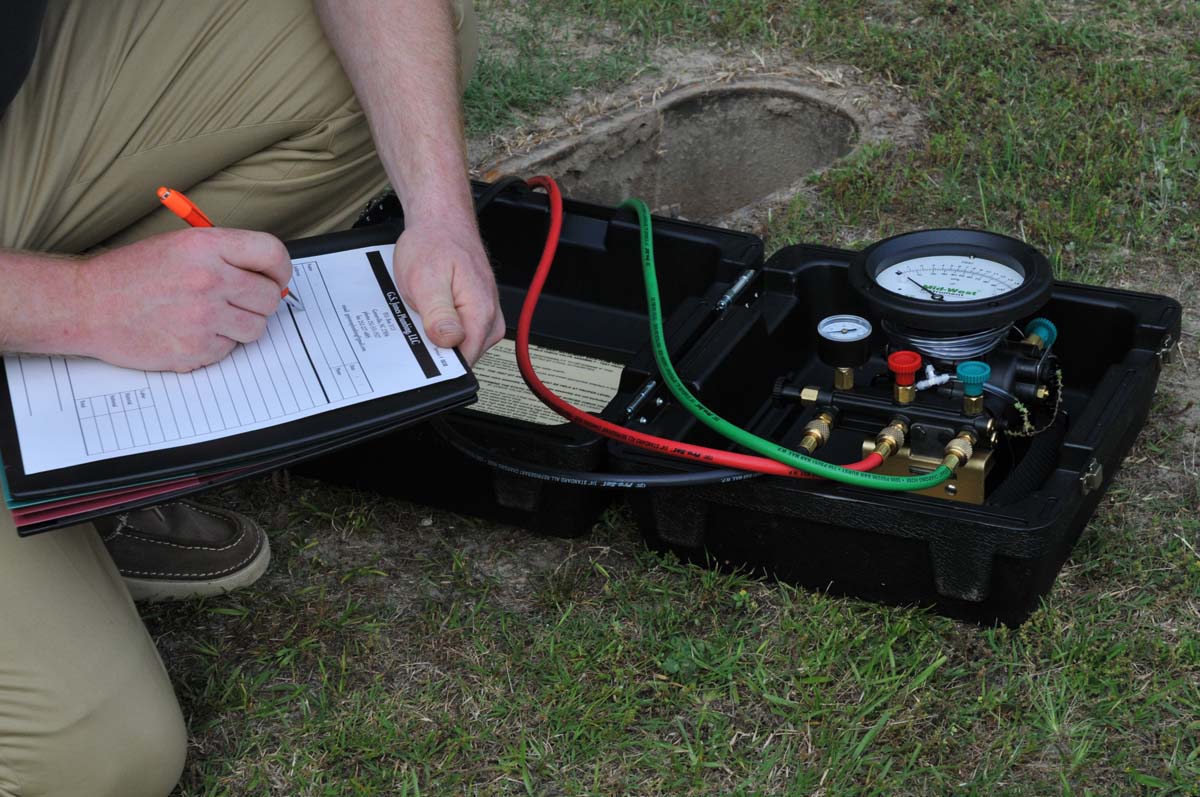Must I Conduct a Backflow Test for My Water?
Must I Conduct a Backflow Test for My Water?
Blog Article
Presented here down the page you might get additional superb answers in regards to Is backflow testing necessary?.

Yes, you require to backflow test your house's supply of water to guarantee that the water is free of toxins and unsafe degrees of chemicals. Because of the tools required and space for mistake, you must not try to perform heartburn testing on your own. We suggest that you call a specialist plumber every couple of years to check your water.
Backflow Can Impact Both You and Your City
Many cities establish heartburn standards because dangerous heartburn can affect the general public supply of water in addition to a single structure. Fortunately, modern-day cities have backflow gadgets in position that safeguard the water supply that originates from a lot of houses as well as business properties. The genuine danger comes from irrigation systems, which can hurt the supply of water with toxic fertilizers, manure, and also various other chemicals.
What Triggers Backflow?
A typical reason for heartburn is a loss of water pressure that causes the water to siphon back into the water system. An instance is cleaning a paint bucket making use of a tube. You fill up the paint container up with water, leaving the tube in the container. After a long time, there is a loss in water stress and also the hose starts to suck the water back into the water system. As you can imagine, there are currently chemicals from the paint that are entering the water supply, potentially posing a threat. Unfortunately, lots of people are not even knowledgeable about heartburn screening, yet there are lots of reasons why it's so essential.
Heartburn Testing is Required by Legislation in Particular Cities
Relying on where you live, you might in fact be needed by regulation to backflow examination your legislation. For instance, Iowa City maintains a record of all buildings offered by the city's water. The city calls for that specific "high-hazard" facilities go through backflow screening. In many cases, homes such as houses and apartment buildings are affected.
You Can Protect Against Heartburn
Dangerous backflow is easily preventable if you have a specialist plumber install a backflow device. If there is an active risk, the plumber will also check for heartburn as well as identify. The primary objective of a heartburn gadget is to avoid water from moving backwards into your water. Plumbers install the gadget on the pipelines in your house to guarantee that the water just moves in the proper instructions.
What is Backflow?
Simply put, backflow is when water moves upwards-- the opposite direction in the plumbing system. This is additionally referred to as "backpressure." When the water moves in this direction, it can blend with unsafe toxins and also present a threat.
Call a Plumber to Evaluate for Backflow Prior To It is Far too late
A plumbing company can swiftly test your home's water to identify if there are any kind of harmful chemical levels. And if you do uncover that your water has high degrees of toxic substances, a plumber can easily install a heartburn prevention device.
Yes, you require to backflow examination your residence's water supply to ensure that the water is complimentary of contaminants as well as damaging levels of chemicals. Lots of cities develop backflow guidelines because dangerous heartburn can affect the public water supply in addition to a solitary building. A normal reason of backflow is a loss of water stress that triggers the water to siphon back right into the water supply. After some time, there is a loss in water pressure and the tube starts to draw the water back right into the water supply. The primary objective of a backflow gadget is to prevent water from streaming in reverse into your water supply.
WHY DOES BACKFLOW TESTING NEED TO BE DONE EVERY YEAR
What Is Backflow?
Toxic gas backing up into a building is one example of potential backflow issues, but backflow can occur in many other ways.
Backflow is generally referred to as the reversal of a liquid or gas in a plumbing system.
Most issues for the public occur with backflow resulting in contaminated drinking water. If you look up backflow issues online you’ll probably find references to “potable” water. That means drinking water.
There have been backflow issues in the past with drinking water. Chemicals, sewage and other contaminants have found their way into drinking water causing health issues for those that count on the fresh water.
What Causes Backflow?
In a residence or commercial building water generally flows one way. This normal flow is usually driven by consistent pressure in the water and waste system.
Anything that changes the normal pressure in the system can lead to backflow.
Fire hydrant use or malfunction can reverse the normal pressure in the system on a city line, but backflow can occur in a number of different ways.
Sometimes backpressure might be caused by someone using a garden hose and submerging the end of the hose in a pool of liquid. If pressure is lost the flow could reverse and contaminants could be released into the drinking water.
Anytime there is a connection between contaminants and the drinking water there is potential for a backflow issue. Sometimes these connections are not immediately obvious like the garden hose connecting to a building’s drinking water supply.
Backflow Regulations
The Environmental Protection Agency (EPA) provides guidelines and regulations for state and local governments regarding backflow. State and local governments also have their own guidelines and regulations for backflow prevention.
Arizona has its own backflow regulations.
Due to issues with backflow in the past, regulations require backflow preventer devices to be used in nearly all residential and commercial buildings.
A backflow preventer is a device that prevents backflow as cross-connection points where potential backflow issues may occur.
While backflow is not a common occurrence, preventers are in place to make sure there is no contamination should something malfunction or go wrong with a building’s water supply.

As an avid reader on What is Backflow Testing?, I was thinking sharing that post was smart. Are you aware of somebody else who is in the market for Backflow Prevention? Why not share it. We enjoy reading our article about Is backflow testing necessary?.
This Website
Report this page